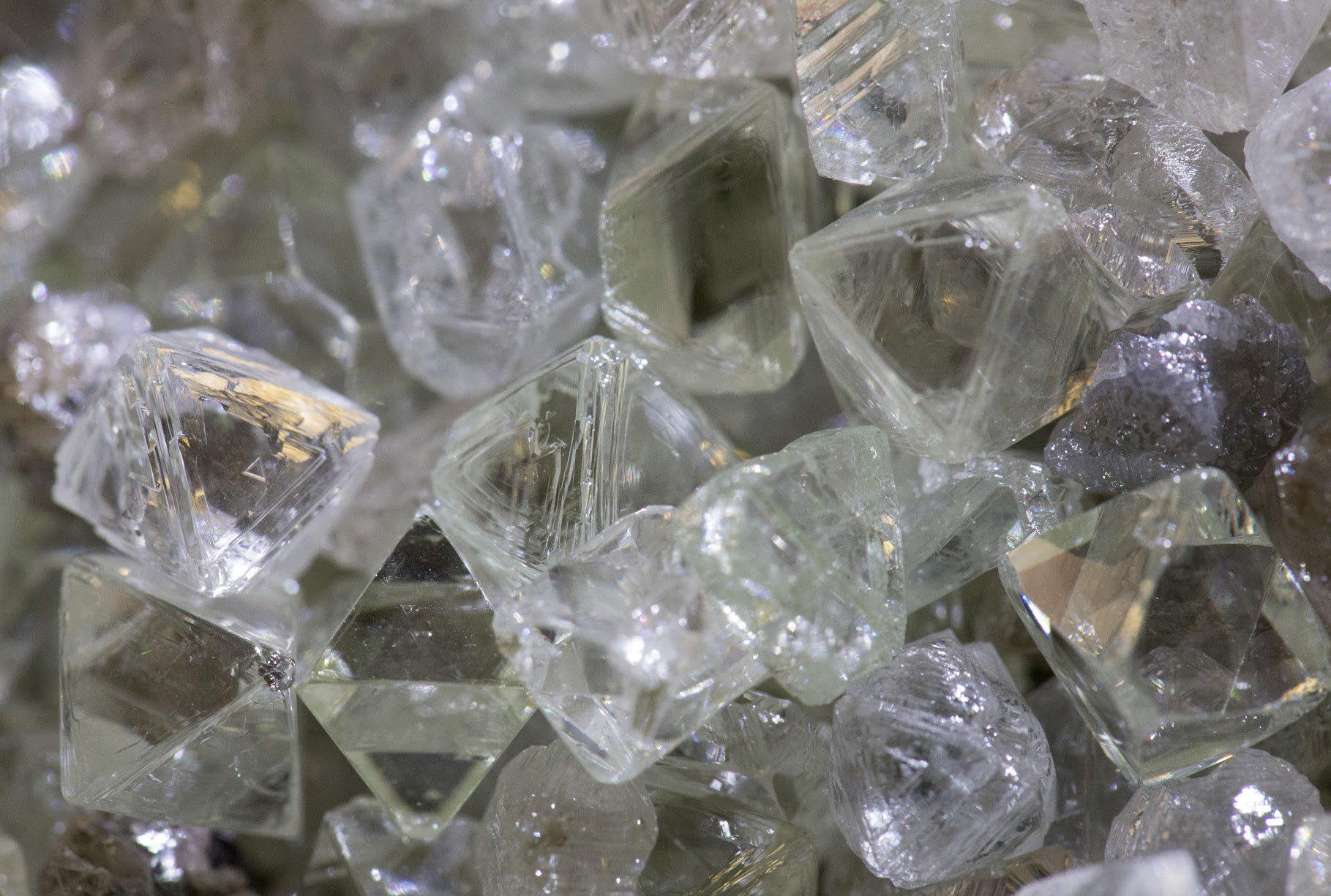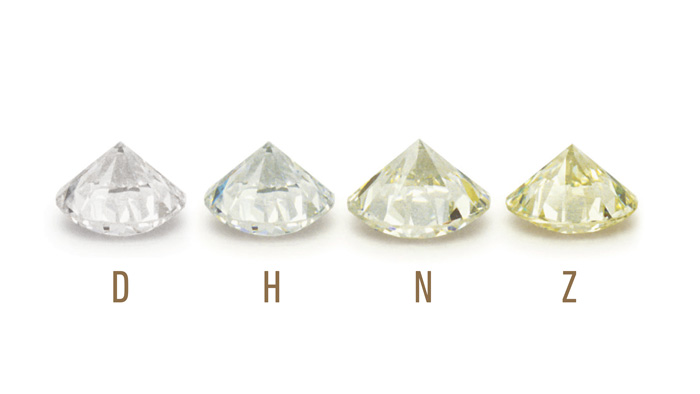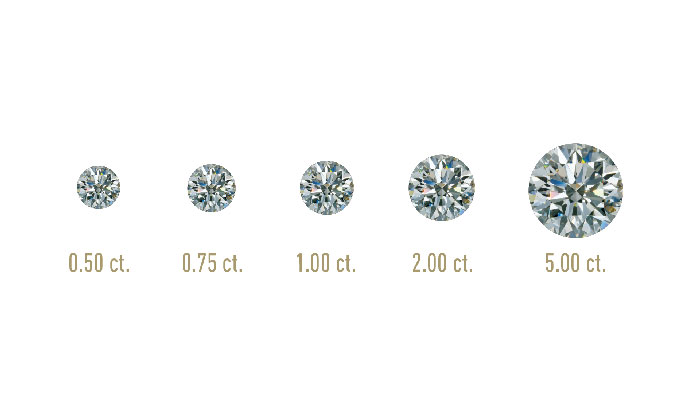Diamonds 101: Everything You Need To Know About April's Birthstone

It is an incredibly challenging time in our country’s history. As COVID-19 has continued to spread, our lives have been changing. We know how difficult this time is for everyone and want you to know we are right here with you. It’s more important now than ever to stay connected.
In that spirit, we want to connect with YOU by sharing some education about gemstones. April’s birthstone is — how lucky is this?! — a diamond. Diamonds are everywhere, but do you know what makes a diamond a diamond? Read on to find out more.
Diamonds are a girl’s best friend. They are formed at least 100 miles underground in extreme temperatures and pressures. Fun fact: have you ever written with a pencil? Then you have written with diamond’s cousin, graphite! Graphite and diamonds are both formed solely from carbon, but because diamonds form under such specific circumstances, they are the hardest substance on earth. Definitely not a claim graphite can make!
Although diamonds were loved by the ancient populations, they first came to modern fame in India in the fourth century BC. They were very popular among India’s rich ruling classes and quickly found their way out into the world to cultural centers such as Venice. The wealthy fell in love with the diamond as a status symbol, and demand for diamonds shot up. Eventually, diamonds were discovered in places all over the world.
Today, diamonds are mined across the world. Russia produces the most carats of diamonds, followed by Botswana, Canada, South Africa, and Angola. Those are definitely some diverse places!

Selecting A Diamond
Picking a diamond might seem daunting, but you’ve got the power! Dickinson Jewelers is here to help. When you’re looking at a diamond, you have to consider the 4Cs: cut, clarity, color, and carat.
We put together a blog post to help you learn more about popular cuts of diamonds. There is so much to learn that we couldn't fit it all here!

There are lots of options when it comes to clarity, color, and carat as well. For example, we’re absolutely in love with LeVian’s chocolate diamonds. These are so unique and absolutely gorgeous. When shopping for a diamond, color (or lack thereof) is an important consideration. If you’re looking for a diamond more traditional than LeVian’s, you might consider asking what rating the GIA would give the diamond. This industry leader grades diamonds from D-Z based on the color.

Diamond carat weight, along with cut, has the most to do with a diamond’s sparkle. We wrote all about upgrading diamonds here, but a big takeaway is that what seems like a slight increase in carat size pays off big time! This chart is a great way to visualize what each carat size might look like on your finger.
The last of the 4Cs is clarity. Remember, diamonds are made after being exposed to tremendous pressure, so it’s natural for some imperfections to creep in. During diamond formation, tiny crystals can appear in the diamond and irregularities with the diamond’s atomic structure can also happen, leading to these issues. Internal imperfections are called inclusions, and ones on the outside of the diamond are called blemishes. Clarity is rated based on how obvious these inclusions and blemishes are. Did you know that the rating scale for clarity is standardized? That means that no matter where you are in the world, jewelers are likely to rate diamonds’ clarity using the same letters and numbers.
Whether you’re shopping for April’s birthstone or you’re just as passionate about diamonds as we are, we hope you learned a little something about diamonds! During these challenging times, our stores are closed, but we still want to connect with you. Please feel free to reach out through email or social media. We would love to hear from you!
